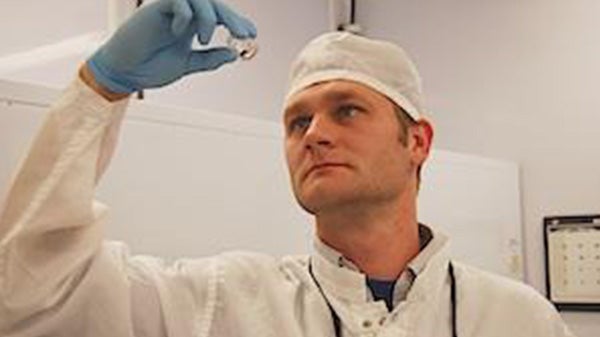Testing the Inner Solar System Impact Cataclysm
One of the intellectual legacies of the Apollo program is the lunar cataclysm hypothesis. In a series of consortium studies (e.g., Cohen et al., Science 2000; Kring and Cohen, JGR 2002; Strom et al., Science 2005; Cohen et al., MAPS 2005; Puchtel et al., GCA 2008; Marchi et al., EPSL 2012; Joy et al., Science 2012; Morbidelli et al., EPSL 2012; Abramov et al., CdE 2013; Marchi et al., Nature Geoscience 2013; Marchi et al., Nature
The School of Earth and Space Exploration is a groundbreaking educational initiative that combines science and engineering to produce the next generation of explorers - hybrid scientist-engineers empowered with the knowledge and skills to design the solutions today's challenges require.
Our alumni earn undergraduate degrees in Earth and Space Exploration and Earth and Environmental Studies with concentrations in astrophysics, astrobiology and biogeoscience, geological science, and systems design for exploration.
Unconscious Bias: Data, Studies, and Next Steps
I will present data and studies that find evidence for unconscious bias in various hiring and evaluation scenarios, ranging from evaluations of CVs to self citations, letters of recommendation, and teaching evaluations. I will discuss a key mechanism, that of shifting criteria, and how this plays out in hiring. I will also discuss what one can do to counteract unconscious bias in faculty hiring and beyond.
Transient Astronomy in Coming Decade: Chasing All Bumps in the Night
The Large Synoptic Survey Telescope (LSST) will make unprecedented movies of the night sky, detecting hundreds of thousands of new objects per night. Identifying and studying these new sources poses unprecedented challenges, both in terms of the astrophysics and the engineering.
This archive lists previous terms' Colloquia with most recent at the top or return to the current term's Colloquium list.
Abstracts for talks are linked from the talk titles. Supplementary Materials include talk PDFs, answers to questions, etc.
Discovery of a Thorne-Zytkow Object Candidate in the Small Magellanic Cloud
Thorne-Zytkow objects (TZOs) are a theoretical class of star in which a compact neutron star is surrounded by a large, diffuse envelope. Supergiant TZOs are predicted to be almost identical in appearance to red supergiants (RSGs), with their very red colors and cool temperatures placing them at the Hayashi limit on the H-R diagram. The best features that can be used at present to distinguish TZOs from the general RSG population are the unusually strong heavy-element lines present in their spectra.


